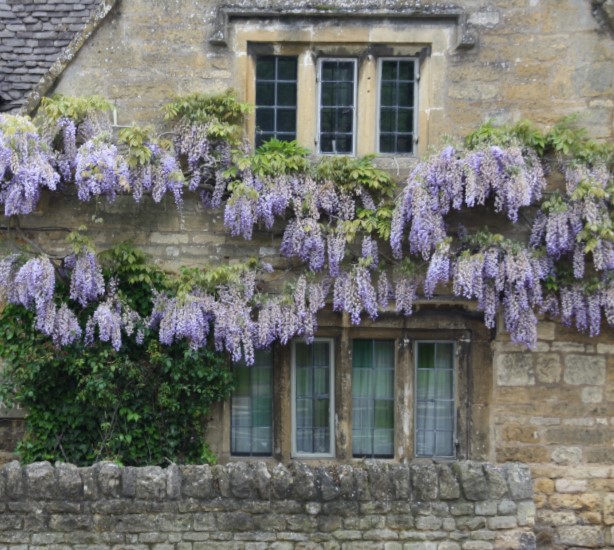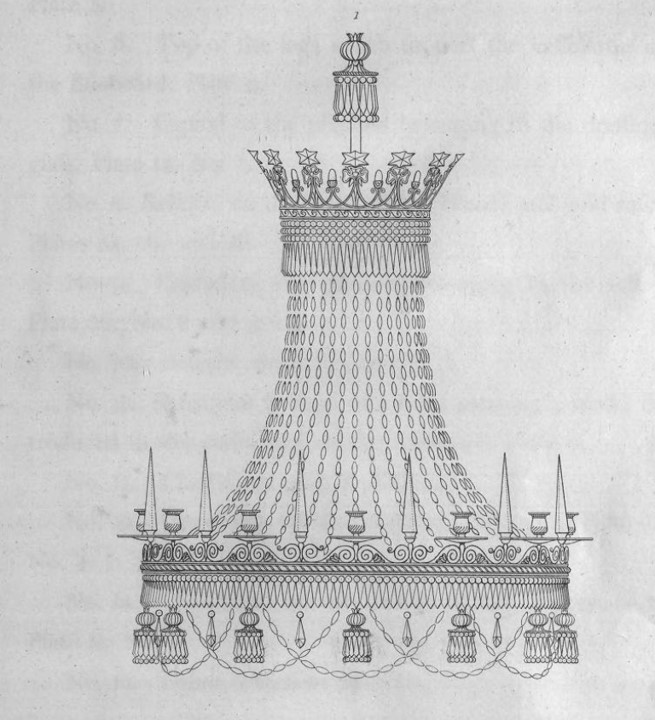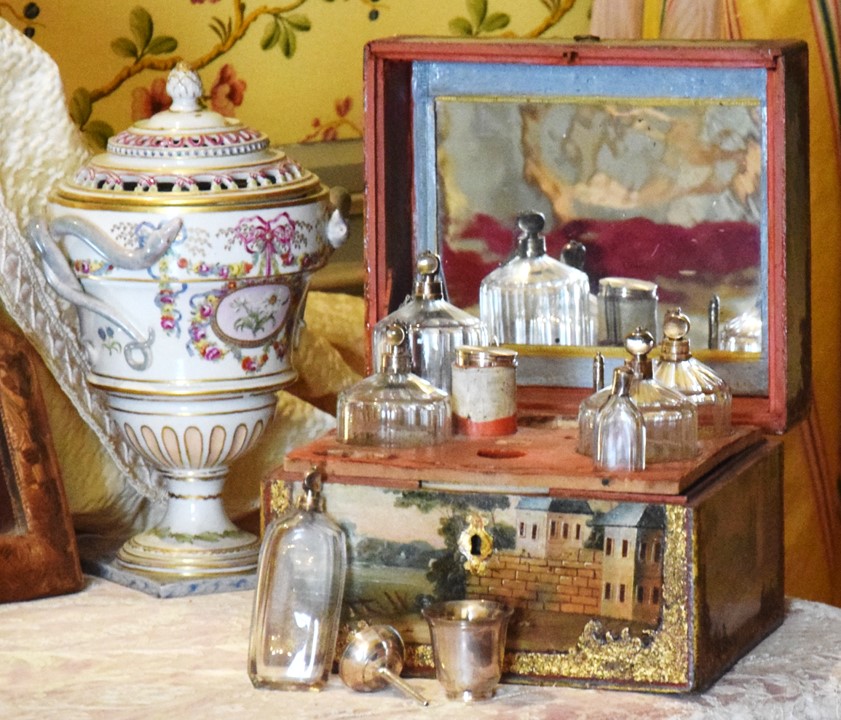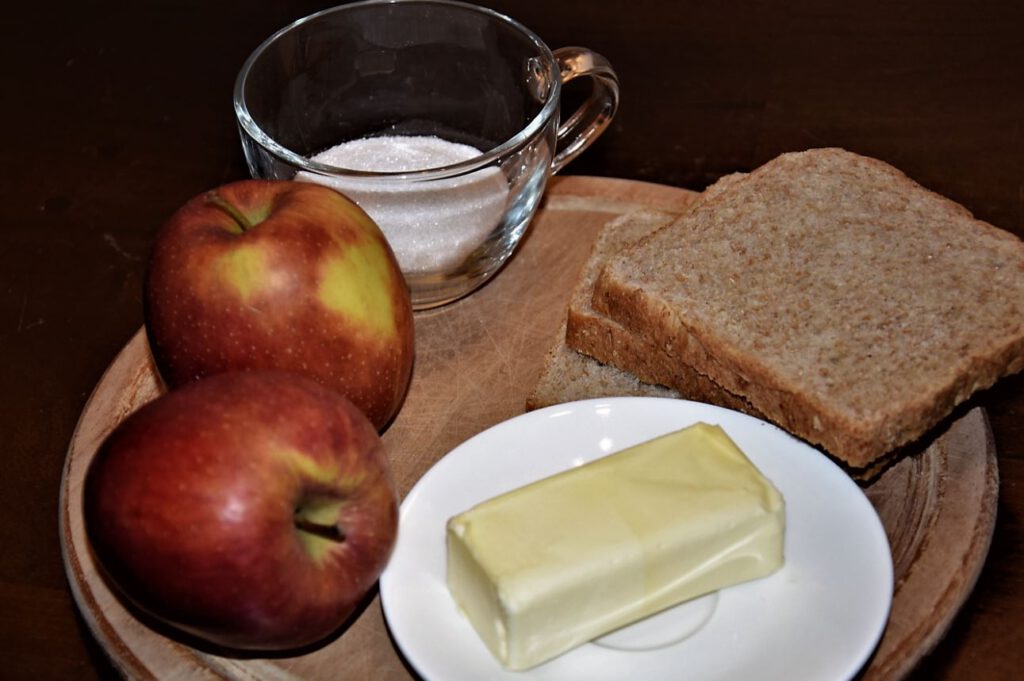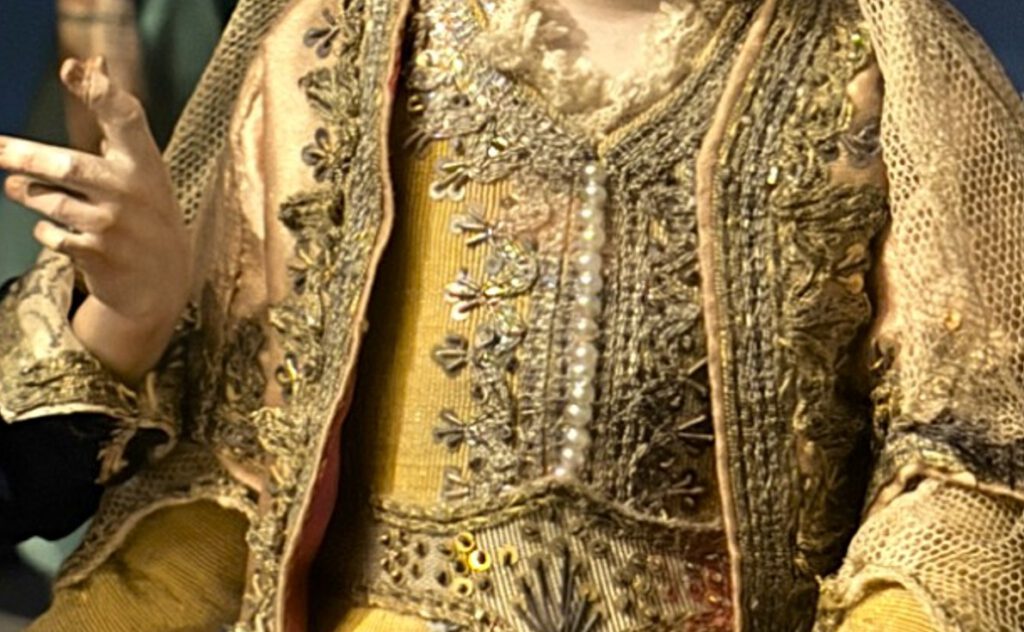
No, neither Jane Austen nor the Duke of Wellington ever owned a nativity scene. These charming displays were very much a Catholic tradition, flourishing in 18th-century Italy, Spain, Austria and Germany. British Protestants, on the other hand, tended to raise an eyebrow at such things. Nevertheless, British diplomats, statesmen and aristocrats on their Grand Tour would see nativity scenes while staying on the Continent. Travelling through Catholic Europe, they encountered an unexpected passion among the courts: collecting nativity figurines. In Italy and Spain, this was considered a royal pastime. Princesses and court ladies even contributed hand-made trinkets and exquisite little dresses for the figurines.
Continue reading
